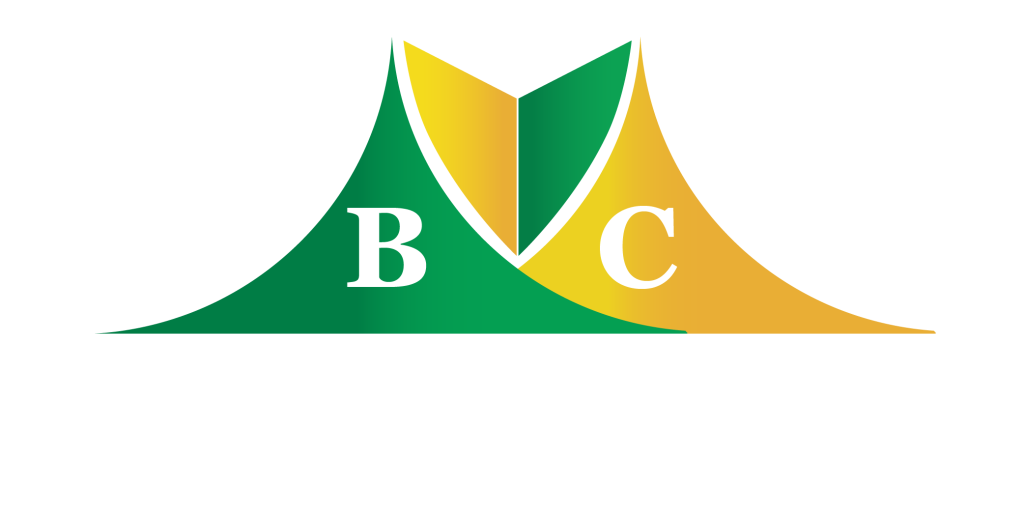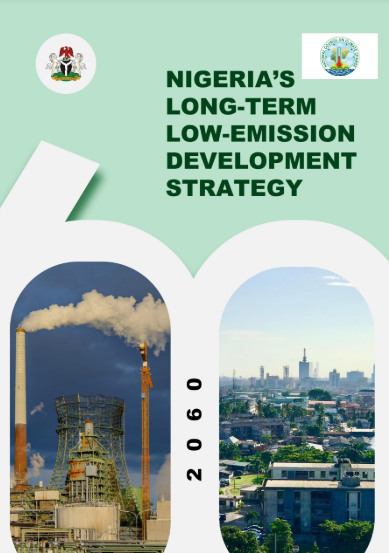Alongside, Nigeria has developed this comprehensive Long-Term Low-Emission Development Strategy (LT-LEDS) to advance its effort towards achieving global commitments after the first submission of the Long–Term Vision 2050 in 2021 at COP26 in Glasgow as part of its commitment to the Paris Agreement (PA).
Nigeria submitted its first NDC in 2015 and the revised NDC in July 2021, which commits to reduce emissions by 47% below BAU by 2030, conditional on international support. In the updated NDC, Nigeria has increased its ambitions by adding new sectors, including waste sector, water sector, and new gases, including short-lived climate pollutants (SLCPs) and hydrofluorocarbons (HFCs), broadening the scope and coverage of the country’s climate commitments to energy & efficiency, agriculture, infrastructure & housing, and waste. The estimated cost of NDC implementation over the next 7 years until 2030 is approximately USD 542 billion.1 The revised NDC commits to end flaring by 2030 and to reduce fugitive methane emissions from oil and gas operations by 60% by 2031. The revised NDC has been translated into a costed on-line NDC Implementation Framework to act as a national planning tool, to catalyze coordinated NDC implementation, resource mobilization and reporting across state and non-state actors.
The LT-LEDS will also address the gaps and shortfalls of our mid-term updated 2021 NDC identified in the NDC implementation Framework. It serves as a long-term strategy and as a vehicle for transitioning Nigeria to Net-zero Pathway by 2060. In other words, the LT-LEDS provides a response package of actionable programmes and policies that aim to accelerate the uptake of measures and technologies in and around a climate-resilient development pathway while working towards long-term quantifiable GHG emission reductions.
The Nigeria LT-LEDS will promote sustainable development and guarantee a climate-resilient economy through multi-stakeholder climate action. Climate action will be needed across multiple sectors, including the bio-economy, blue, green, and food economies, aligning with critically important SGDs and government priorities like ending poverty, access to affordable energy, and zero hunger.
As next steps, the LT-LEDS will need to be translated into a comprehensive investment plan in line with the revised NDC, and the on-going net zero investment planning, to allow robust coordination across stakeholders.

